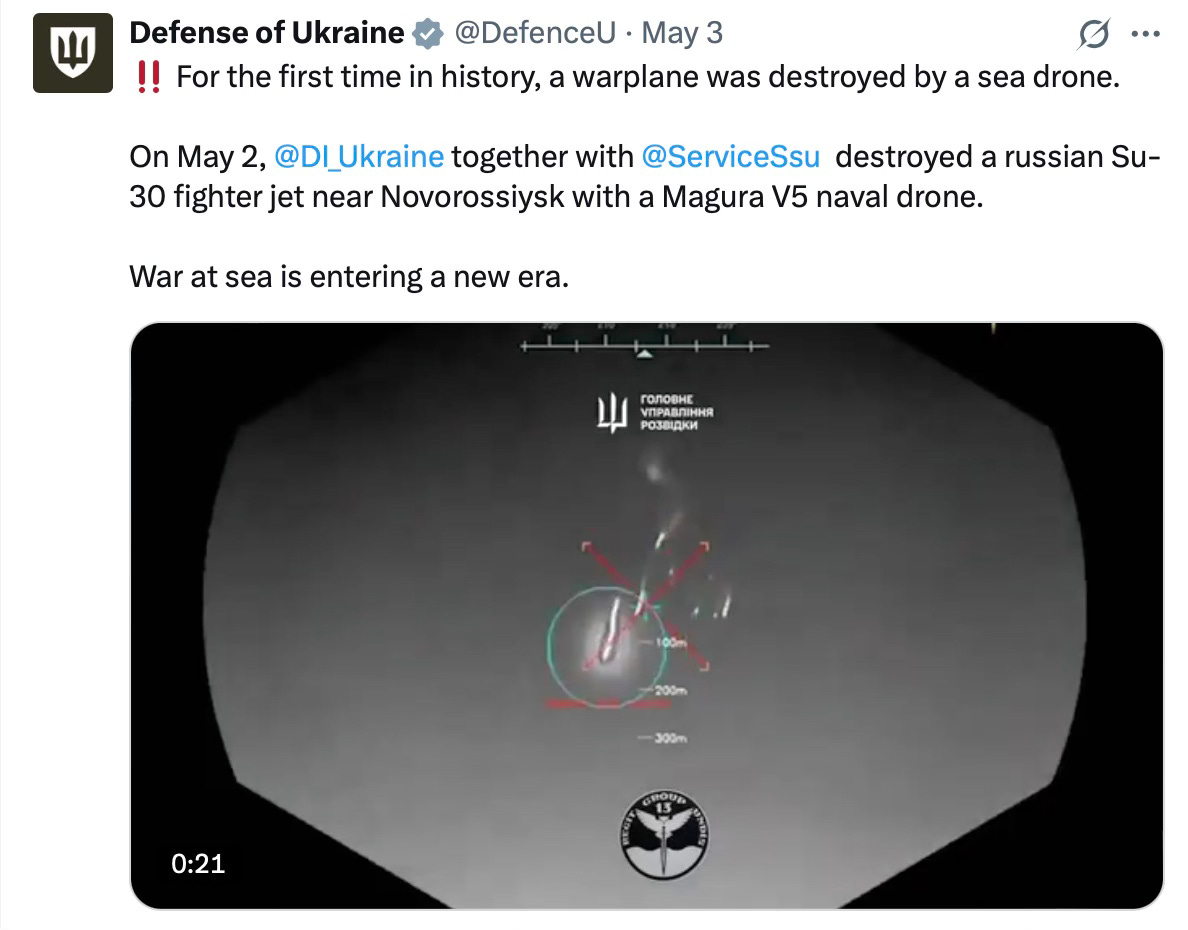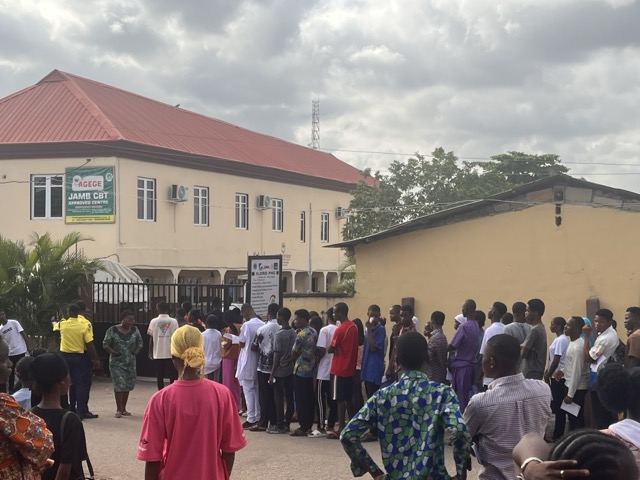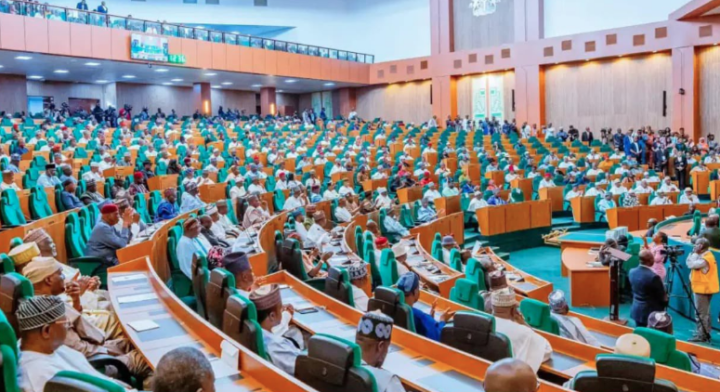The Meaning of the Russian Fighter Shoot Down: Next Generation Robotic Operations Are Now Integral to War
In the past few days, it has emerged that the Ukrainian Armed Forces achieved yet another first for 21st century warfare: they were able to shoot down at least one, and possibly two, Russian Su-30 fighter bombers from an uncrewed naval vessel in the eastern part of the Black Sea. It is not the first time this form of next generation robotic warfare has occurred, however.
Since the beginning of the February 2022 full-scale Russian invasion of Ukraine, uncrewed systems have been employed in an expanding range of missions by Ukraine and the Russians. As the war progressed, Ukraine began to experiment with, and has now mastered, the development and employment of uncrewed aerial, maritime and most recently, land strike systems.
In the air, uncrewed systems were used in the early days of the Russian invasion and have since progressed to be a crucial, non-discretionary element of combined arms combat operations, and long-range strike operations, for the Ukrainian and Russian military organisations. At sea, a variety of modified small boats, jet skis and semi-submersibles have been developed and used to strike Russian naval vessels and observation platforms in the Black Sea, forcing the Russians from the western parts of the sea and opening up Ukraine’s maritime trade routes. On the ground, Ukraine and Russia have developed uncrewed ground vehicles for reconnaissance, mine laying and clearance, logistic resupply, casualty evacuation and assault missions.
This expansion in the use of uncrewed systems in Ukraine has also resultied in a fast-moving adaptation battle, where drones are developed, deployed and evolved with an increasing tempo. Software updates occur almost daily, and the tactics and technology of drones change every week.
A more recent trend has been the use of uncrewed systems to carry and launch other uncrewed systems or long-range strike weapons. This trend, robotic teaming, has emerged over the past year with the advent of drone-on-drone combat in the air and on the ground. Recent events in this type of robotic combat provide observations and lessons that should be be studied and translated for their application for other military organisations in Europe and the Pacific.
This article examines the latest use of an uncrewed systems to shoot down crewed aircraft, as well as the developing trend in the use of such tactics. It proposes several areas where this next generation robotic warfare will impact on all military institutions around the world. The importance of the weekend’s event extends well beyond it being a ‘world first’.
The details of the shoot down of the Russian Su-30M fighter bombers emerged over the weekend. The action occurred in the eastern Black Sea, about 50 kilometres west of the Russian city of Novorossiysk. The reports of the shoot downs were confirmed by the head of Ukrainian military intelligence, Lieutenant General Budanov on 3 May.
The Ukrainian system used to shoot down the Russian aircraft was a new variant of the Magura uncrewed maritime vessel, the V7. The Magura V7 was described as an air defence variant of the Magura-V5 by General Budanov in his interview with The War Zone. According to Ukraine’s military intelligence, the Magura V5 has previously destroyed or damaged 15 Russian naval vessels. A useful examination of the Magura-V5 can be found at this link.
The air defence variant of the Magura-V5, dubbed the V7, was apparently armed with AIM-9M Sidewinder missiles, which have been provided to Ukraine by the United States. This is an upgrade from the Russian R-73 missiles used last year to shoot down Russian helicopters in the Black Sea (see more below on this).
As I explore below, the shoot down of the Russian aircraft is not the first event where uncrewed systems have played a role in transforming the character of modern combat operations.
A variety of events have occurred in the past year which might also be described as the next generation of robotic warfare. These combat actions represent the initial forays into more sophistocated uncrewed systems, or robotic, combat. They have yielded insights that inform subsequent robotic warfare actions and provide lessons for other military institutions who wish to learn about how close combat, long-range strike and war generally is changing in the 21st century.












